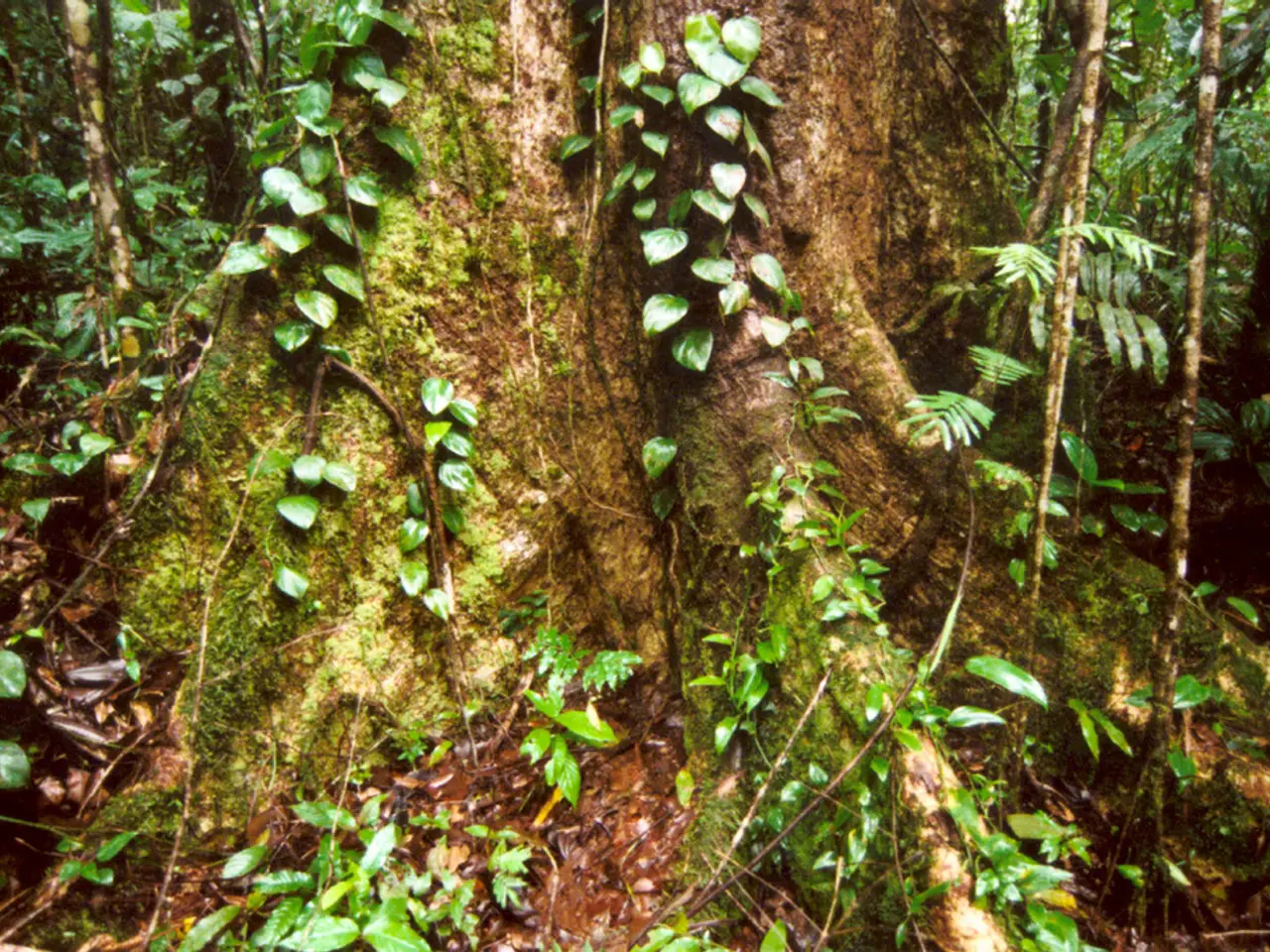Methods of Soil Nitrogen Uptake by Plants
In the intricate dance of life, nitrogen plays a pivotal role as a critical nutrient for plant growth and development. This essential element is a key component of chlorophyll, amino acids, ATP, and nucleic acids, all of which are vital for photosynthesis, amino acid synthesis, and the formation of DNA and RNA.
But how does nitrogen, found primarily in the air as nitrogen gas (N₂), make its way into the soil and eventually into plants? The answer lies in the processes of nitrogen fixation, which convert atmospheric nitrogen into forms plants can absorb, such as ammonia (NH₃), nitrites (NO₂⁻), and nitrates (NO₃⁻).
Two main methods account for the majority of nitrogen fixation: biological and abiotic.
**Biological Nitrogen Fixation**
This is the primary natural process where certain microorganisms, mainly nitrogen-fixing bacteria, convert atmospheric nitrogen gas into ammonia. Examples of such bacteria include *Rhizobium*, which forms symbiotic relationships with leguminous plants by inhabiting their root nodules. Other free-living bacteria like *Azospirillum* and *Klebsiella* also fix nitrogen. These bacteria use enzymes to break the strong triple bond in nitrogen gas and convert it into ammonia, which plants can assimilate.
**Abiotic Nitrogen Fixation**
Nitrogen can also be fixed abiotically through natural phenomena such as lightning. The high energy from lightning breaks nitrogen molecules, allowing them to react with oxygen to form nitrates, which then enter the soil via rain.
Once fixed, nitrogen is primarily absorbed by plants in the form of nitrates through their roots. These nitrates are produced from ammonia by nitrifying bacteria in a process called nitrification. Ammonia produced by nitrogen-fixing bacteria or released from decomposition of organic matter can also be directly used or converted into nitrates.
Decomposition of plant and animal matter by decomposers releases nitrogen back into the soil in usable forms. Organic nitrogen compounds, such as amino acids, are broken down and converted into nitrates by nitrifying bacteria.
In essence, plants obtain nitrogen mainly as nitrates formed through biological and abiotic nitrogen fixation and subsequent microbial transformations in the soil, which are essential steps in the nitrogen cycle.
Synthetic nitrogen comes primarily in the form of urea or urea solutions, with urea being a quick-release nitrogen fertilizer. Inorganic mineral sources of nitrogen include ammonium nitrate, calcium nitrate, and ammonium sulfate, which are mostly used for lawns and turfgrass.
Under normal soil conditions, nitrogen is mainly available in the form of nitrate, and four families of transporters mediate its uptake. The movement of nitrogen from the soil into the plant roots is a complex process that is not yet fully understood.
Natural sources of nitrogen include manure, biosolids, vermicompost, coffee grounds, clover, and peas. Manure, biosolids, and vermicompost can be used as fertilizers, but coffee grounds require additional nitrogen fertilizer due to microorganisms breaking them down.
The interplay between different protein classes influences nitrogen uptake and is related to the formation of the electrochemical proton gradient and water homeostasis. The movement of nitrogen from the soil into the plant roots is a complex process that is not yet fully understood.
In conclusion, understanding the processes of nitrogen fixation and the sources of nitrogen for plants sheds light on the intricate web of life and the role of nitrogen in sustaining plant growth and development.
[1] National Research Council. (2007). Nitrogen fixation: Biotechnology and sustainable development. National Academies Press. [2] Staver, A. J., & Tiedje, J. M. (2004). Microbial ecology of soils. Springer Science & Business Media. [3] Stewart, B. A. (2008). The nitrogen cycle. In C. J. Somerville (Ed.), Biology (pp. 150-163). Academic Press. [5] Postgate, J. R. (2008). Nitrogen fixation: The biology of a fundamental process. Academic Press.
Nitrogen fixation, the process that converts atmospheric nitrogen into forms that plants can absorb, is crucial for maintaining plant health-and-wellness, and is integrated into the science of environmental-science. Both biological methods involving nitrogen-fixing bacteria, such as Rhizobium, and abiotic processes like lightning contribute to this essential process. Additionally, understanding the nitrogen cycle, which encompasses nitrogen fixation, nitrogen uptake, and nitrogen recycling, is vital in understanding the science of fitness-and-exercise, as it contributes to the nutrition of plants.







